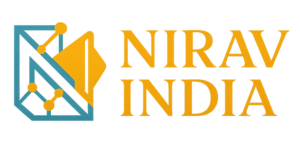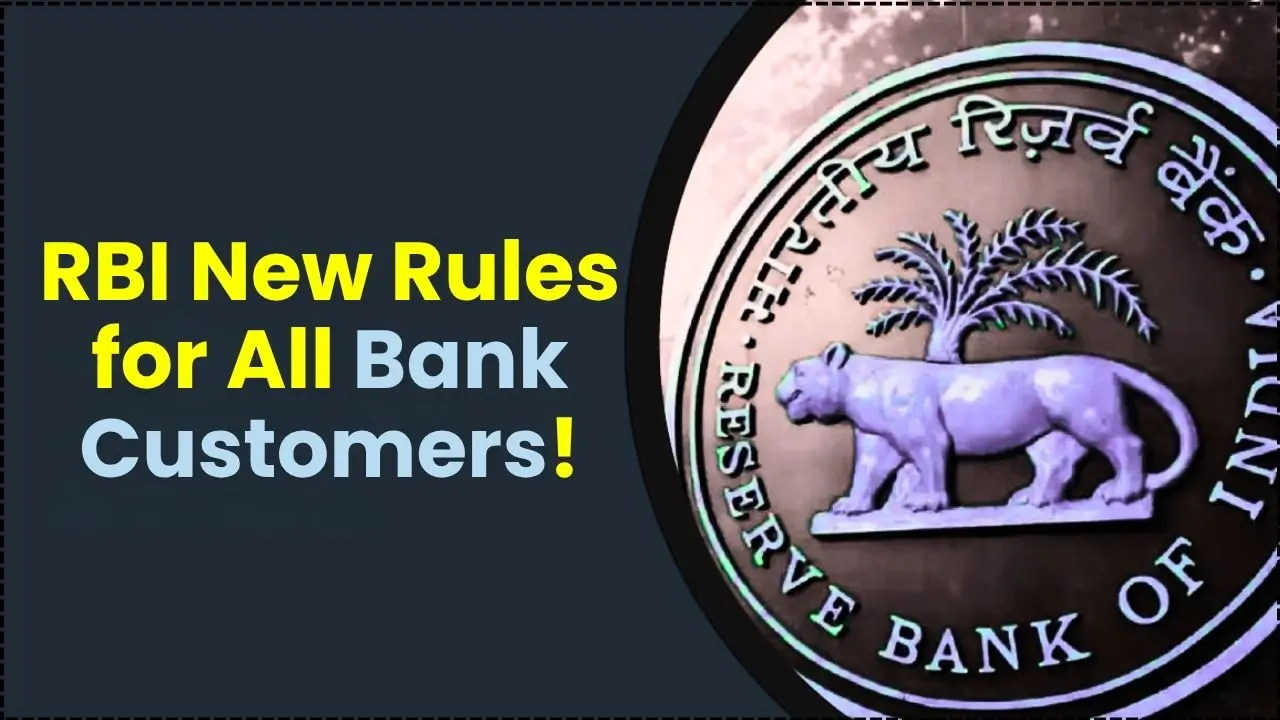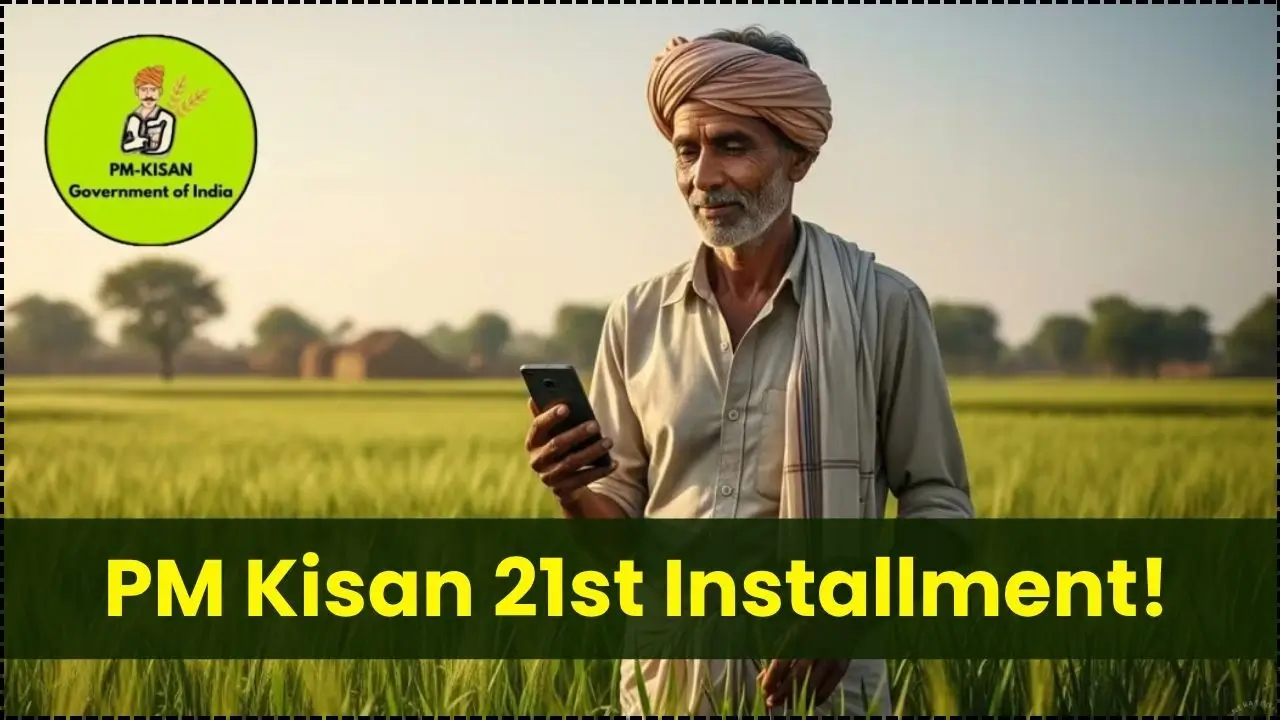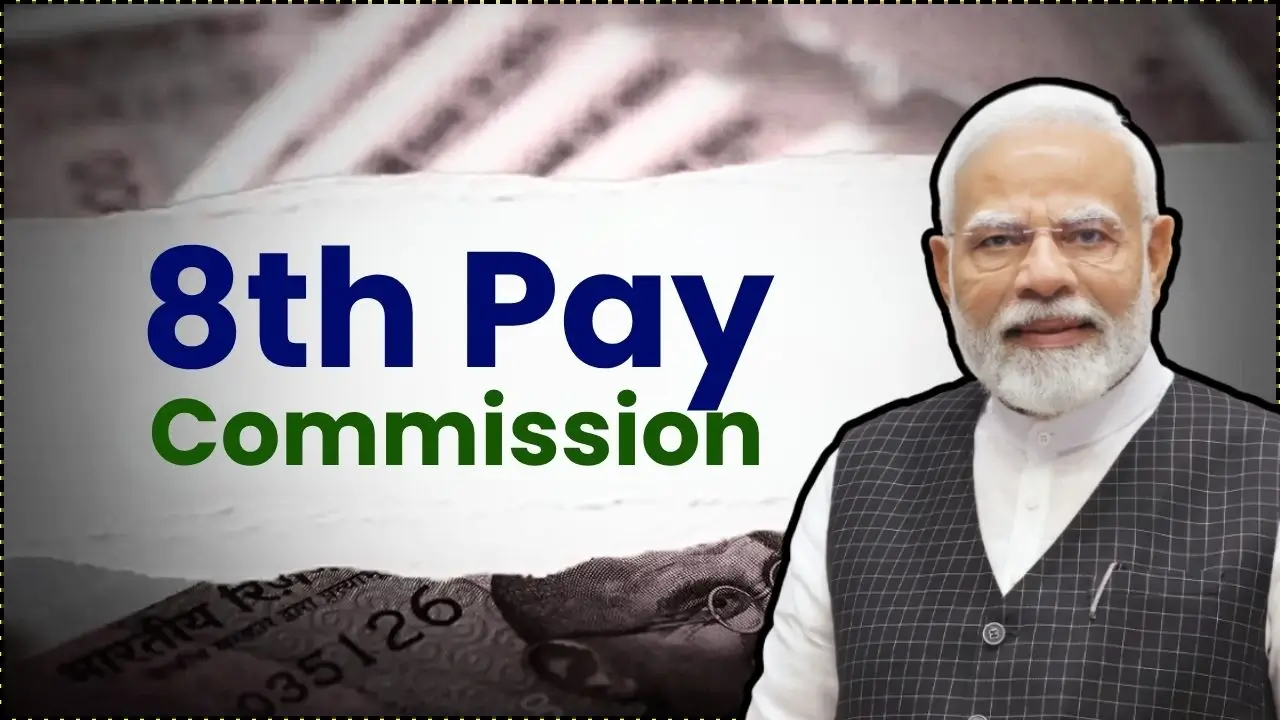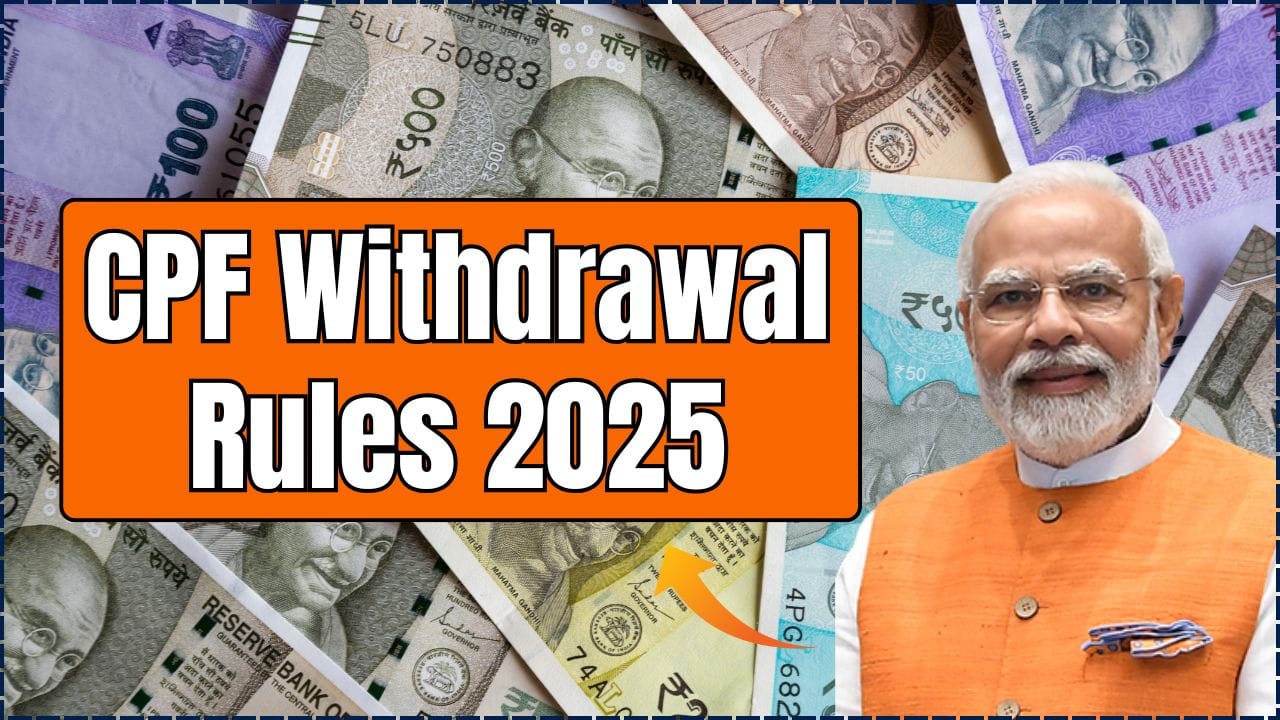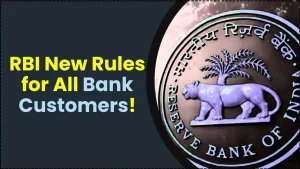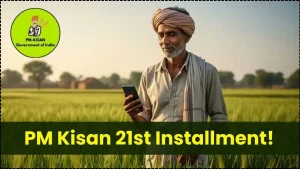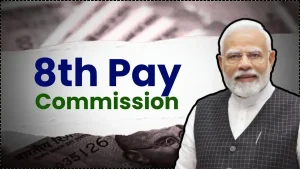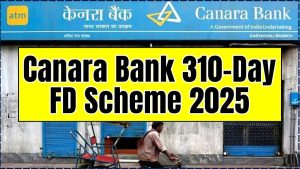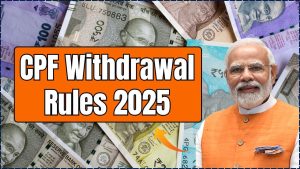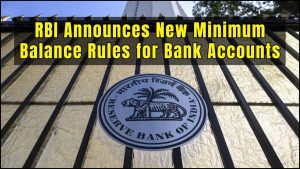The Haryana government has rolled out clear and time-bound directions to streamline the financial assistance scheme for families of state freedom fighters and INA personnel, making it easier to claim marriage support without delays or confusion. The centerpiece is a one-time grant of ₹51,000 for the marriage of daughters, dependent sisters, and grand-daughters, coupled with straightforward eligibility rules, stricter timelines, and Aadhaar-linked disbursal to keep the process transparent and swift. These changes are designed to eliminate ambiguity that previously blocked or slowed legitimate claims.
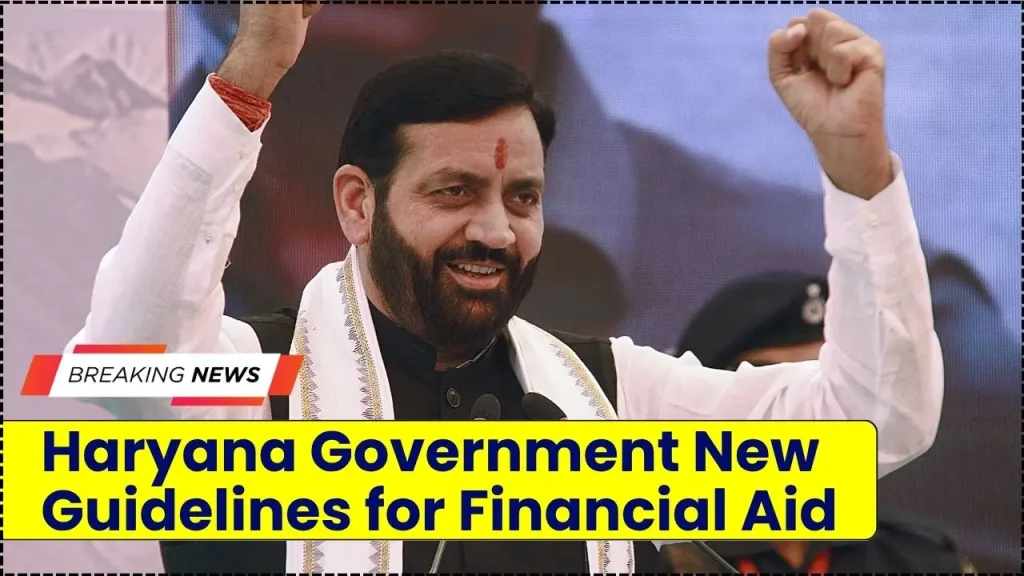
The Haryana Government releases new guidelines clarifying that if a freedom fighter or INA personnel and their spouse (widow) have both passed away, the son or daughter-in-law can apply for financial assistance for the marriage of their daughter, who is the grand-daughter of the freedom fighter. Claims must be filed within six months of the marriage; in special situations with valid reasons, applications can be accepted up to 12 months. Applications will be routed through the Deputy Commissioner for verification and then sent to the Chief Secretary for sanction, with payments made via Aadhaar-linked accounts to uphold direct benefit transfer and traceability.
Haryana Government Releases New Guidelines
| Item | Details |
|---|---|
| Benefit | ₹51,000 one-time marriage assistance for daughters, dependent sisters, and grand-daughters of eligible Haryana freedom fighters and INA personnel. |
| Eligibility Clarification | If the freedom fighter/INA personnel and spouse are deceased, the son or daughter-in-law may apply for their daughter (the grand-daughter). |
| Application Window | Within 6 months from marriage; up to 12 months in exceptional cases with justified reasons. |
| Application Route | Submit to the concerned Deputy Commissioner; the DC verifies and forwards to the Chief Secretary for sanction. |
| Disbursal Mode | Direct benefit transfer to Aadhaar-linked bank accounts only. |
| Payment Arrangement | Administrator General and Official Trustee-cum-Treasurer, Charitable Endowments, Haryana. |
| Digital Enablement | Direction for a web-based application and monitoring under the Kanyadan Grant framework. |
| Policy Objective | Remove ambiguity, standardize timelines, and ensure timely, transparent support. |
These directions make a real difference where families previously got stuck especially when the original pensioner and spouse were no longer around to file. With eligibility clarified for sons and daughters-in-law, a firm six-month window (and a limited 12-month exception), and Aadhaar-linked DBT, the ₹51,000 marriage assistance is now simpler, cleaner, and quicker to access. If you keep your documents in order, submit through the Deputy Commissioner on time, and double-check the relationship proof, you can expect a smoother approval and a timely payout that honors both the occasion and the legacy it commemorates.
What Has Actually Changed
- Clear authority for sons and daughters-in-law to file claims when both the freedom fighter and spouse have passed away, ensuring grand-daughters are not excluded due to procedural gaps.
- A firm filing window: six months from the date of marriage, with a narrow extension up to 12 months only in special cases with valid reasons.
- Mandatory Aadhaar-linked direct benefit transfer to improve transparency, reduce leakages, and speed up receipt.
- Instruction to enable a web-based portal for online submission and tracking, improving accessibility and monitoring under the Kanyadan Grant setup.
Who Is Eligible and What Counts as Proof
- Eligible relationships include the daughter, dependent sister, or grand-daughter of the recognized Haryana state freedom fighter or INA personnel.
- In cases where the freedom fighter and spouse are deceased, the son or daughter-in-law is explicitly permitted to apply for their daughter’s marriage.
- Keep on hand: relationship certificate establishing the bride’s eligibility; freedom fighter/INA recognition documentation; marriage certificate; identity and address proofs; and bank details of an Aadhaar-linked account for the beneficiary.
Step-By-Step: How To Apply Without Hassles
- Prepare your file: Gather the relationship proof, marriage certificate, identity/address proofs, the freedom fighter/INA recognition document, and Aadhaar-linked bank details of the beneficiary.
- Apply on time: Submit the application within six months of the wedding through the office of the concerned Deputy Commissioner. If past six months, attach a concise note explaining the delay with any supporting documents; requests may be considered up to 12 months.
- Verification and sanction: Once verified by the DC, the claim moves to the Chief Secretary for sanction. The Administrator General and Official Trustee-cum-Treasurer, Charitable Endowments, Haryana, arranges payment to the Aadhaar-linked account.
Documents Checklist You Should Not Miss
- Relationship certificate proving the bride is a daughter, dependent sister, or grand-daughter of the recognized freedom fighter/INA personnel.
- Marriage certificate with accurate details matching other documents.
- Government-issued ID and address proof for the applicant and beneficiary.
- Freedom fighter/INA recognition documentation or any official certificate/record used by the family previously.
- Beneficiary bank details with Aadhaar seeding confirmation for DBT.
Timelines, Extensions, And Practical Tips
- Primary window: six months from the date of marriage.
- Extension: up to 12 months only in exceptional, well-reasoned circumstances; include a brief written justification and any supporting evidence.
- Start early: Aim to file within the first three months post-marriage to allow time for clarifications and avoid last-minute scramble.
- Cross-verify details: Names, dates, and relationships should be consistent across all documents to prevent queries.
- Keep digital copies: Scan and store PDFs for quick resubmission, especially if a web-based portal is enabled in your district.
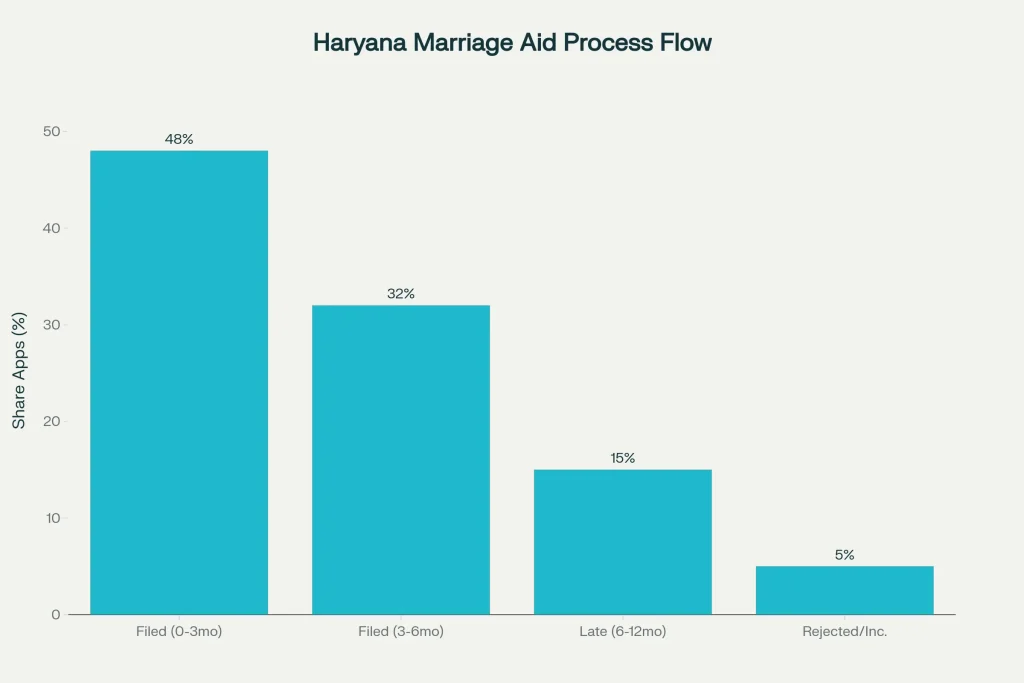
Why These Guidelines Matter for Families
- Clarity resolves a common pain point: when the freedom fighter and spouse are no longer alive, families previously faced refusals due to interpretive gaps on who could file this has been fixed.
- Timeliness aligns with real life: structured windows encourage earlier filing and faster approvals, bringing support closer to the marriage date.
- Transparency builds trust: Aadhaar-linked DBT and a defined verification route reduce ambiguity and create a cleaner audit trail.
How This Fits With The Broader Support Landscape
- The marriage assistance is a specific, one-time grant distinct from monthly pensions and education-focused benefits that some families may receive; it addresses a milestone cost faced by descendants.
- The renewed directions align with ongoing efforts to digitize and streamline welfare schemes, improve beneficiary experience, and minimize administrative friction.
- Families may independently track other programs relevant to descendants such as educational assistance for grandchildren while treating this marriage grant as a separate, event-triggered benefit.
Common Mistakes to Avoid
- Missing the six-month window without a documented reason when requesting consideration up to 12 months.
- Submitting accounts that are not Aadhaar-linked, which will stall disbursal.
- Incomplete relationship proof or inconsistencies between names/dates across documents.
- Waiting to compile documents after marriage instead of preparing beforehand.
FAQs on Haryana Government Releases New Guidelines
Who can apply if both the freedom fighter and spouse are deceased?
The son or daughter-in-law may apply for assistance toward the marriage of their daughter, who is the granddaughter of the freedom fighter.
What is the amount and how often is it paid?
It is a one-time grant of ₹51,000 per eligible marriage under the specified categories; it is not a recurring payment.
What is the filing deadline?
Apply within six months from the date of marriage; in exceptional cases with valid reasons, applications can be considered up to 12 months.
How is the money paid to the beneficiary?
Funds are transferred through direct benefit transfer into Aadhaar-linked bank accounts only.
